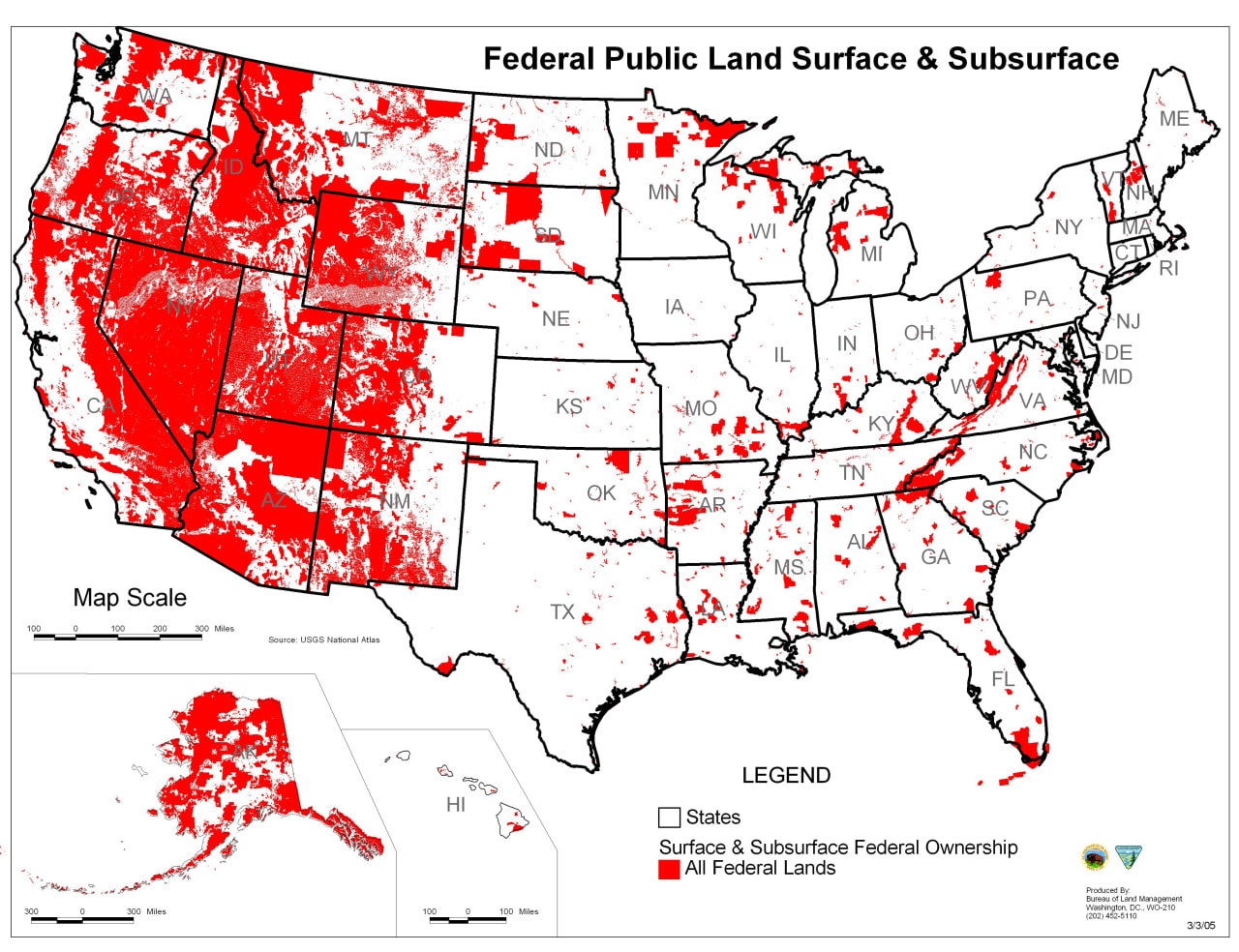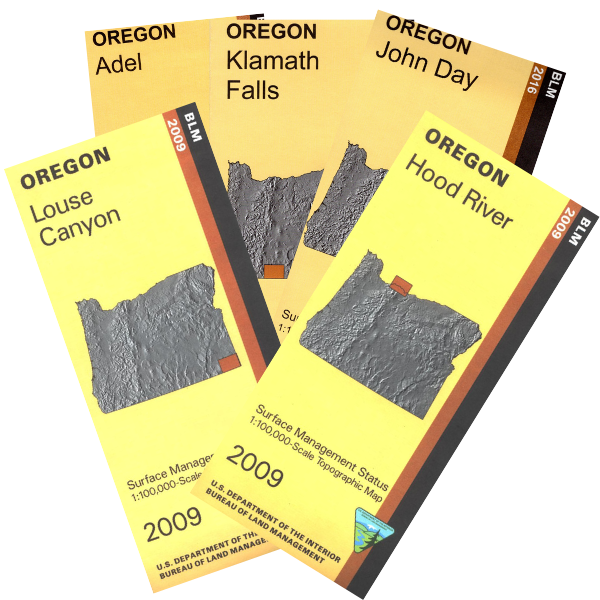
- #USFS AND BLM CAMPGROUNDS APP PRO#
- #USFS AND BLM CAMPGROUNDS APP DOWNLOAD#
- #USFS AND BLM CAMPGROUNDS APP FREE#
#USFS AND BLM CAMPGROUNDS APP FREE#
Where can I locate these National Forests and free campsites? They can be pricey to camp in and typically do not offer any free camping or dispersed camping options.
#USFS AND BLM CAMPGROUNDS APP PRO#
Pro tips: State parks are like our US National Parks. You can learn more about the Leave No Trace Principles at Int.org. It is not time to take a selfie, see if you can pet them, or try and harass or harm them. If you’re lucky enough to see them – leave it at that. Respect wildlife! Remember, you’re on their turf! Whether you are in a national forest, national park, or on the side of the road – respect the animals.

There is so much beauty in our forests, so please leave it for others to enjoy. Leave the national forests the way you found them.Try and find a camping area where others have camped before instead of creating a new site.Dispersed camping sites typically do not provide fire rings. Bring a shovel to extinguish any fire you build, and possible, use a fire pan or cookstove instead. Make sure you know the fire danger and if fires are permitted in the area. Remember, these are the “leave no trace” principles, which include campfires. Find dead branches and leaves that are already on the forest floor, or bring wood with you. Do not cut down trees or branches for firewood.When you’re free camping, there are no trash cans in the forests, so come prepared to pack out whatever garbage you bring in. Bring a trash bag and leave no trash behind.When dispersed camping in our national forests, or anywhere, rule of thumb is to be at least 100-200 feet away from any water source, main road or trail, and to leave no trace. There are fewer regulations in US National Forests than in US National Parks, but there are some unspoken rules to follow. These sites are off of the main roads, usually a dirt road, pull off, or access road. National forests do allow for dispersed camping for up to 14 days at no cost, aka free camping. Outside of US national parks is where will find National Forests and grasslands. You can camp in both however, a majority of National Parks have mostly developed campsites with amenities, campground fees and don’t allow for dispersed camping or pets. Although they are both public, protected lands, they are managed very differently and by two separate government organizations. National Forest Public Lands and Grasslands Free Campsitesĭon’t confuse National Forests with National Parks.

Where Can I Find Free Campgrounds in the USA?

Make sure you don’t just park on the side of a road as it is illegal in most places, and you can not boondock or free camp anywhere inside of a developed campground or recreation area. Pro Tip: Look for signs that say “no camping overnight,” “no camping,” or “day use only.” When in doubt, check with a park ranger, or a manager of the business whose lot you plan to park in. You will be without cell service, so preparing for all potential situations is essential.
#USFS AND BLM CAMPGROUNDS APP DOWNLOAD#
Check into road conditions, weather, fire regulations & restriction (you may need a permit), and download the Red Cross First Aid app ahead of time. What you will have while dispersed camping is little to no neighbors, hiking trails into the backcountry, and solitude under the stars – the real camping in nature experience.īefore you head out on your dispersed camping adventure, make sure you research the areas you are heading too. If you are dispersed camping in a popular spot or a parking lot, then you may have access to a toilet. What Should I Know About Dispersed Camping?ĭispersed camping, also known as boondocking, can be summed up by “roughing it.” If you are choosing dispersed camping, you are most likely going to need to prepare for dirt roads, no amenities such as picnic tables, garbage cans, running water, dump stations, fire pits, restrooms, or cell service.


 0 kommentar(er)
0 kommentar(er)
